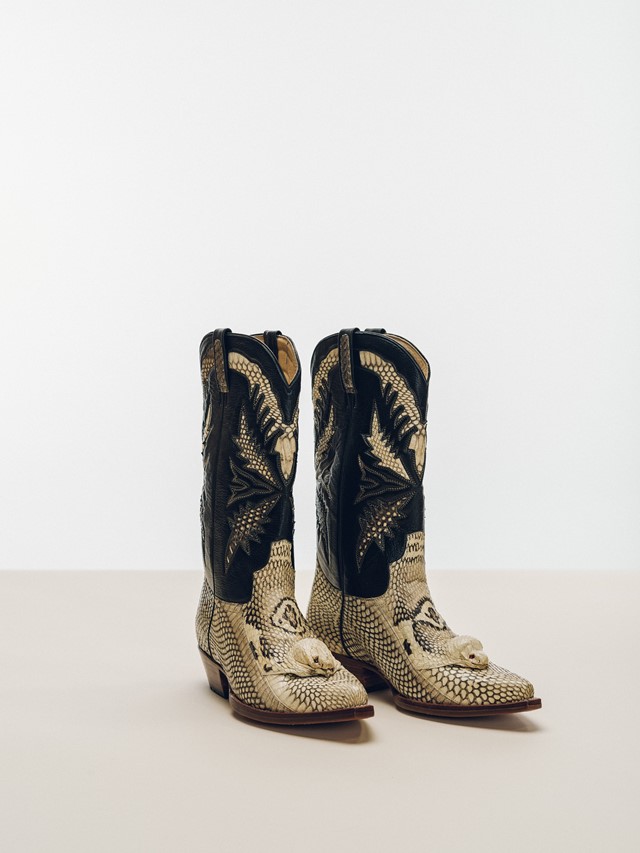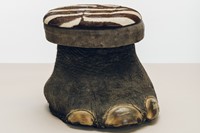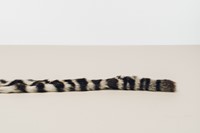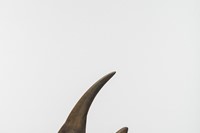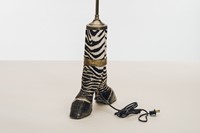Tristan Spinski takes a closer look at the beautiful but tragic animal products that expose humans’ insatiable greed
Animal heads; snakeskin boots; fur coats; zebra-foot lamps; these are just a few of the items Tristan Spinski captures in his powerful series, The Reliquary, which has been shortlisted in this year’s Sony World Photography Awards. In spring 2017, The New York Times commissioned the American photographer to photograph at the National Wildlife Property Repository near Denver, Colorado, a warehouse full of illegal animal parts and products seized across the United States. There are approximately 1.3 million items in the warehouse’s inventory, but this is just a fraction of the number that passes back and forth in the unlawful wildlife trade.
“The warehouse is enormous,” says Spinski. “Aisle after aisle of whole creatures and various animal parts, but no life. The institutional sterility becomes a contradiction to the piles of carcasses, hides, tusks, heads and other items of contraband. It left me with a feeling of shame for the lack of humility and empathy we have for other living things.”
Spinski wanted the objects to “speak for themselves”, and so avoided embellishing or aestheticising them “beyond what was necessary to engage the readership”. Consequently, the series reads as a typology of the animal products he encountered, paired with sombre scenes from around the facility.
“My approach aims to reference the idea that these products were once living, breathing, conscious beings and part of the natural world, hence the two-toned base and horizon [setup] to mimic a landscape, which I paired with a more institutional, even lighting arrangement,” he explains. “I wanted to achieve a balance between the evidentiary and the narrative.”
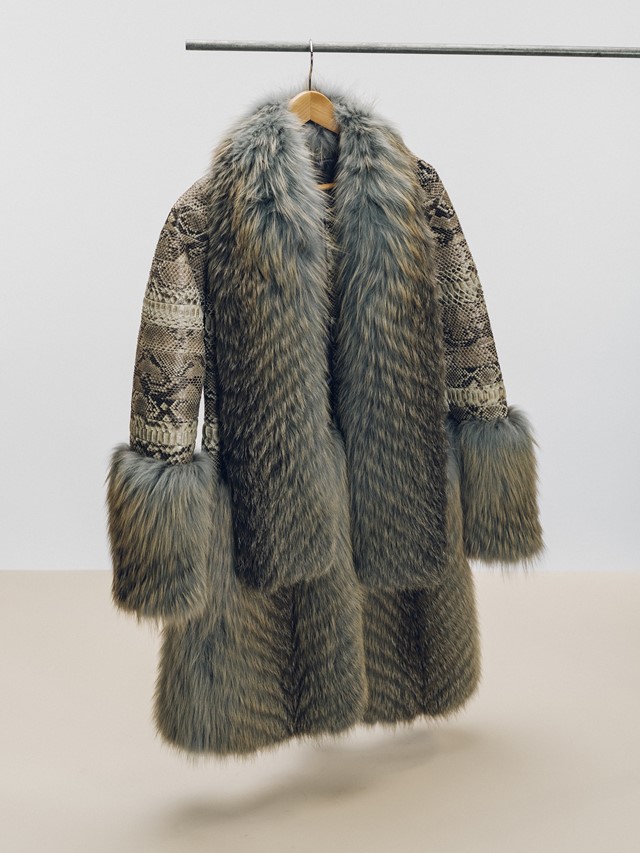
The work was informed by a previous series he’d made after the death of his father, says Spinski. “Several years ago after my father died, I found myself grieving and struggling with my attachment to him and his memory. I was desperate to know more about him and only had a pile of his belongings to refer to. I saw so much of his story in those objects so I photographed a project on the things he left behind. That work directly informed The Reliquary.”
The products in this series – many of which are made from threatened or endangered species – can be divided into three categories, explains Spinski. There are trophies, medicinal products and fashion accessories, all of which can be viewed as evidence of human desire and greed.
“I hope that this work can provoke both reflection and a conversation about our appetites and values, and help motivate people to move forward with intention and empathy. I don’t have any solutions, only curiosity and a desire to improve.”

The 2018 Sony World Photography Awards exhibition runs from April 20 – May 6, 2018 at Somerset House in London.
